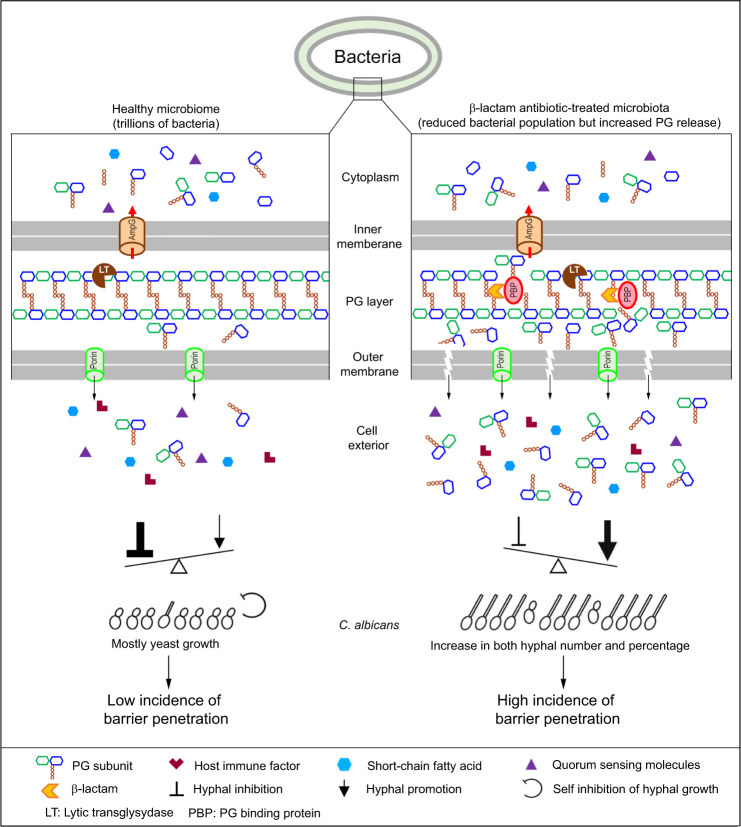Fig. 7. A model depicting the mechanism by which β-lactam antibiotic treatment increases the risk of invasive C. albicans infection.
The left column depicts the microbiota-C. albicans interactions in the gastrointestinal tract of healthy individuals, where the hyphal growth of C. albicans is kept in check by the combined actions of different classes of inhibitory molecules including microbiota-derived quorum-sensing molecules and short-chain fatty acids, host-derived antimicrobial peptides and immune effectors, as well as the self-repression system of C. albicans. There is a low incidence of C. albicans hyphal growth and mucosal barrier penetration for dissemination. The right column depicts the effects of β-lactam antibiotics on human gut microbiota that tip the balance in favor of C. albicans hyphal growth. β-lactam antibiotics inhibit the bacterial PGN assembly, which causes the generation of hyphal-inducing PGN subunits and lysis of bacteria cells, resulting in the release of a massive amount of PGN subunits. The β-lactam antibiotics-induced PGN storm transforms the gastrointestinal environment from inhibitory to favorable to the hyphal growth of C. albicans, thus vastly increasing the number of hyphae and the probability of breaching the mucosal barrier for dissemination. For the structure and components of the bacterial cell wall, proteins involved in PGN recycling, and the target and MOA of β-lactam antibiotics, please refer to previous publications29,30. The figure was prepared by YQ and YW.

